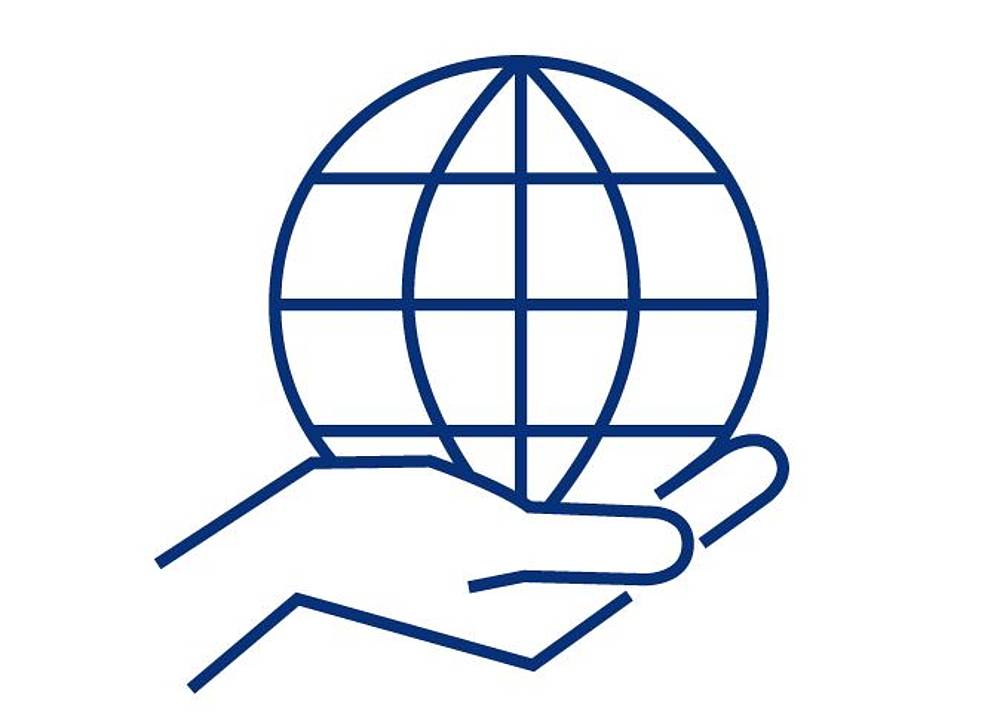Sustainability at SCHOTTEL is engrained in the company's set of values. It rests on four solid pillars:
Learn more about our ongoing activities in favour of our environmental and technological sustainability below.

Industrial production and administration facilities require energy. In order to limit energy consumption at the SCHOTTEL sites in Spay, Dörth and Wismar, all Germany, to absolutely essential levels and to monitor this, SCHOTTEL has been undergoing an energy audit in accordance with DIN EN 16247 and its own energy-saving measures. The objectives are to develop measures for the highest possible energy recovery and to feed recovered energy into other production processes.
SCHOTTEL has a portfolio focused on product durability. All components of the propulsion systems are optimized in terms of quality, flow behaviour, noise emission and power density and are continuously equipped with technological innovations. The resulting resource conservation and emission reduction as well as maintenance concepts for long-term use all contribute to sustainability.
Operation profiles of tugs or workboats are characterized by low motor loads for up to 90 percent of the operating time. In order to optimize propulsion systems for such loads and reduce emissions, SCHOTTEL has developed a hybrid-electric and a hybrid-mechanical solution.
SCHOTTEL LeaCon is a sealing system certified by DNV which offers safe and reliable protection against possible contamination of the seawater. Separate seals to the seawater and to the gearbox side ensure that both incoming seawater and escaping gear oil are collected in an intermediate chamber (LeaCon chamber).
The new SCHOTTEL LE-Drive ("Embedded L-Drive") enables free choice of the electric motor for fully battery-powered vessels. The elimination of the upper gearbox further increases mechanical efficiency while reducing fuel consumption.
Efficiency improvements through technological advancements, leaner designs with reduced material use, and proactive maintenance planning are some of numerous other ongoing optimizations that result in ship propulsion geared towards resource conservation, durability and thus sustainability.